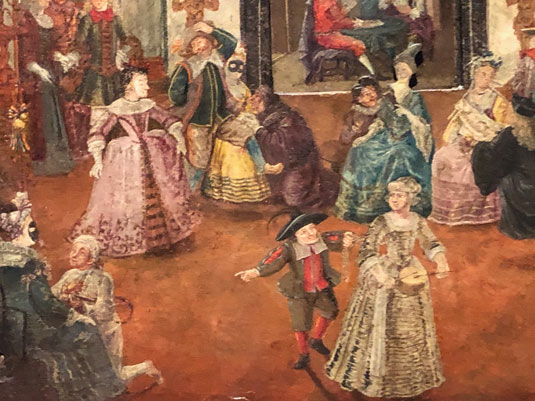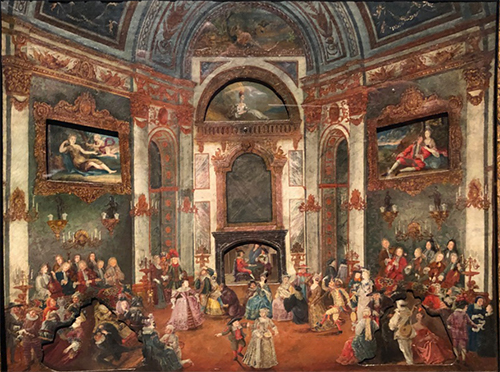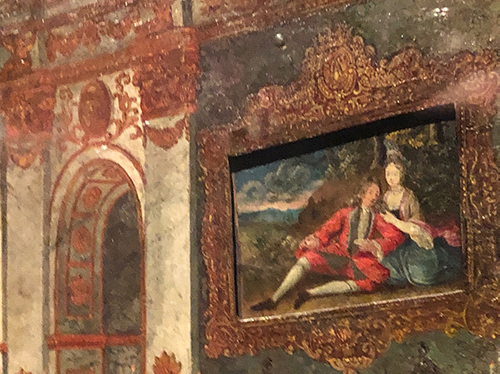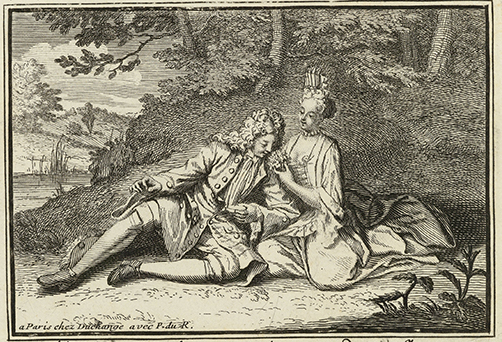
- Home Page
- Accepted
Paintings & Copies - Doubtful
Attributions - Doubtful Textual References
- Alternative
Titles - Collectors &
Museums - Bibliography
- Search Abecedario
- Watteau &
His Circle
X. Masked Ball
Entered January 2020
Foundation Edouard et Maurice Sandoz (FEMS), Pully, Switzerland
Oil and paper laid down on brass
57.2 x 65.1 cm
ALTERNATIVE TITLES
Mechanical Painting with Scene Changes
EXHIBITIONS
New York, A la Vielle Russie, Mechanical Wonders (2011), 36.
New York, Metropolitan Museum, Making Marvels (2019), cat. 128 (Attributed to Antoine Watteau, Mechanical Painting with Scene Changes, lent by the Foundation Edouard et Maurice Sandoz).
SELECT BIBLIOGRAPHY
Pin et al, Montres et automates (2011-12), 1: 279-315.
REMARKS
It is surprising, if not shocking, that this painting was exhibited in association with an attribution to Watteau. Although it bears a signature with Watteau’s name, the master never signed any of his paintings whereas many pasticheurs and copyists did add the artist’s name to give their work authenticity. Ironically, the presence of a Watteau signature should be a warning that the painting is not by him.

Anonymous, Masked Ball (detail).
Nothing in the painting suggest Watteau’s work, least of all not c. 1710 which is how the work is being dated. The graceless, generally ugly figures can in no measure be compared with Watteau’s work. If one were obliged to find a comparison with Watteau’s oeuvre, the closest parallel would be with Les Plaisirs du bal, a painting with an equally large profusion of partygoers assembled in a great, vaulted hall. But the master's painting abounds in charm and warmth, the participants are graceful and handsome, the people are arranged with finesse and a sense of narrative logic.
The painting in Switzerland is of a type—an exaggerated number of people at a ball, some wearing commedia dell’arte or theatrical costumes. Occasionally such paintings are mistakenly given to Watteau but the majority of them seem Italian, German, or Austrian. In fact, the painting in the Sandoz Foundation does not necessarily apper to be French.
Some of the paintings displayed in this hall, and which can be rotated by the mechanical wheels on the back side, are telling witnesses. A picture closing off a fireplace, a devant de cheminée, is a Dutch seventeenth-century genre scene. Another, a lunette high on the wall, shows an amorous couple seated on the ground; this copies an engraved Allegory of Smell by Bernard Picart. Such quotations reinforce the idea that we are looking at the work of a minor pasticheur.


